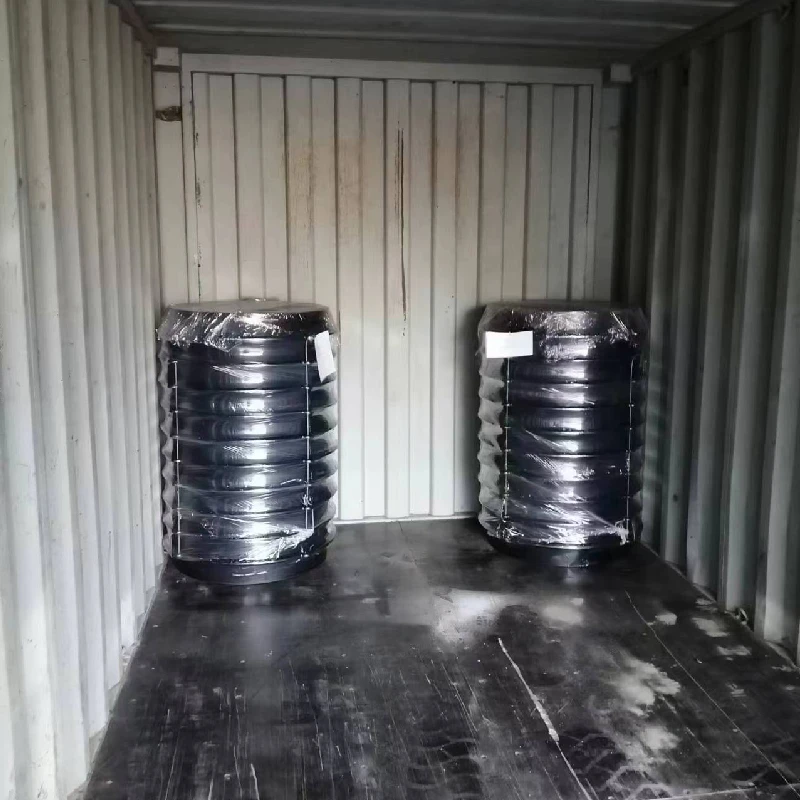hygienic butterfly valves
The Importance of Hygienic Butterfly Valves in Modern Industries
In today’s rapidly evolving industrial landscape, maintaining high standards of hygiene is paramount, especially in sectors such as food and beverage, pharmaceuticals, and biotechnology. Among the various types of valves used in these industries, hygienic butterfly valves play a crucial role in ensuring the integrity and safety of processes while preventing contamination. This article explores the significance, design features, applications, and benefits of hygienic butterfly valves.
Understanding Hygienic Butterfly Valves
Hygienic butterfly valves are specialized flow control devices designed for applications requiring stringent hygiene standards. They feature a disc that rotates around a central axis, making them ideal for regulating the flow of liquids and gases. Unlike traditional valves, hygienic butterfly valves are constructed from non-toxic materials, and their design minimizes dead leg areas, which can harbor bacteria and other contaminants.
Design Features
One of the standout characteristics of hygienic butterfly valves is their material composition. Typically made from stainless steel, these valves resist corrosion, are easy to clean, and do not leach harmful substances into the fluids they control. The surface finish of the valve is also of utmost importance. A smooth and polished finish helps to reduce friction and simplifies cleaning procedures, making it more difficult for bacteria to adhere.
Another significant feature is the valve’s sealing mechanism. Hygienic butterfly valves often utilize elastomeric seals or gaskets that provide a tight seal while allowing for easy disassembly and maintenance. This is critical in industries where sanitation is critical, as it enables regular inspection and cleaning without difficulty.
Applications
Hygienic butterfly valves are widely used across various sectors. In the food and beverage industry, they control the flow of products such as juices, sauces, dairy, and beer. Their hygienic design ensures that no unwanted particles contaminate the products, maintaining quality and safety.
hygienic butterfly valves

In pharmaceuticals, these valves are essential for controlling the flow of chemicals and active ingredients in manufacturing processes. The stringent hygiene standards in this sector mean that the tolerance for contamination is nearly zero, making hygienic butterfly valves the perfect choice.
The biotechnology sector also benefits from these valves, particularly in processes where sterile conditions are crucial, such as bioreactors and fermentation. Here, the valves help maintain the necessary conditions while ensuring that the process remains contamination-free.
Benefits of Hygienic Butterfly Valves
The advantages of using hygienic butterfly valves over traditional valve designs are numerous. Firstly, their simple yet effective design enables easy operation, making them user-friendly and reducing the risk of operational errors.
Secondly, these valves are highly efficient in terms of flow control. The design minimizes pressure drops, ensuring that systems operate smoothly without compromising performance. This efficiency translates into energy savings and reduced operational costs for businesses.
Moreover, ease of maintenance is another significant benefit. Hygienic butterfly valves are designed for quick disassembly, allowing for thorough cleaning and inspection. This is particularly important in industries that are subject to stringent regulatory requirements, as it simplifies compliance with health and safety standards.
Lastly, the long lifespan of hygienic butterfly valves contributes to their overall cost-effectiveness. Constructed from durable materials, these valves can withstand the rigors of demanding environments, reducing the need for frequent replacements.
Conclusion
In conclusion, hygienic butterfly valves are indispensable tools in maintaining hygiene and safety across various industries. Their thoughtful design and material selection ensure that they meet the stringent requirements necessary for food, pharmaceutical, and biotechnology applications. By choosing hygienic butterfly valves, industries can enhance their operational efficiency, ensure product quality, and uphold rigorous hygiene standards, ultimately leading to improved consumer trust and satisfaction. As technology continues to advance, the demand for such innovative solutions will only grow, highlighting the significance of hygienic butterfly valves in the future of industrial operations.
-
The Smarter Choice for Pedestrian AreasNewsJun.30,2025
-
The Gold Standard in Round Drain CoversNewsJun.30,2025
-
The Gold Standard in Manhole Cover SystemsNewsJun.30,2025
-
Superior Drainage Solutions with Premium Gully GratesNewsJun.30,2025
-
Superior Drainage Solutions for Global InfrastructureNewsJun.30,2025
-
Square Manhole Solutions for Modern InfrastructureNewsJun.30,2025
-
Premium Manhole Covers for Modern InfrastructureNewsJun.30,2025
